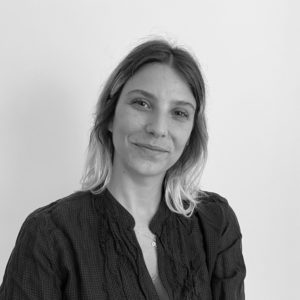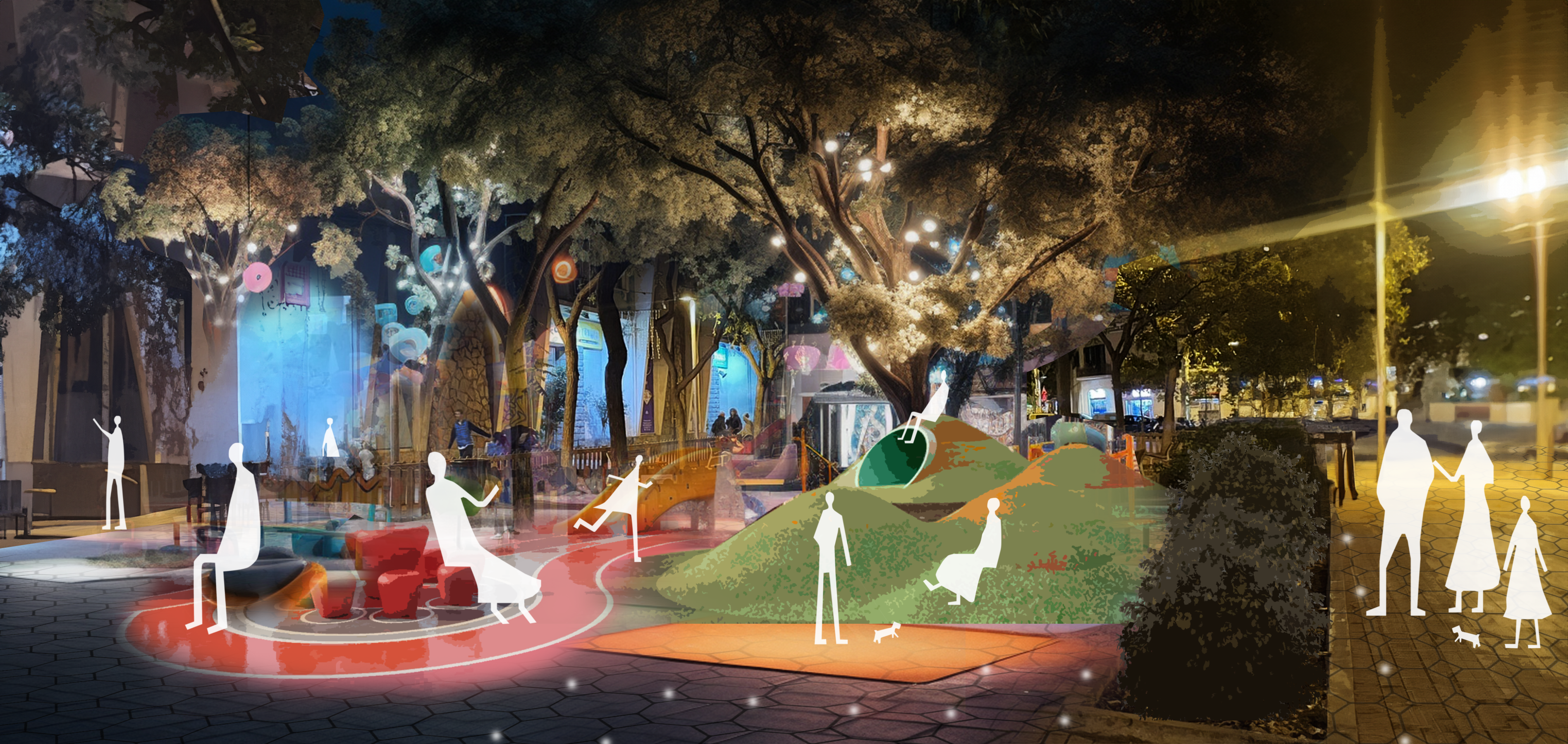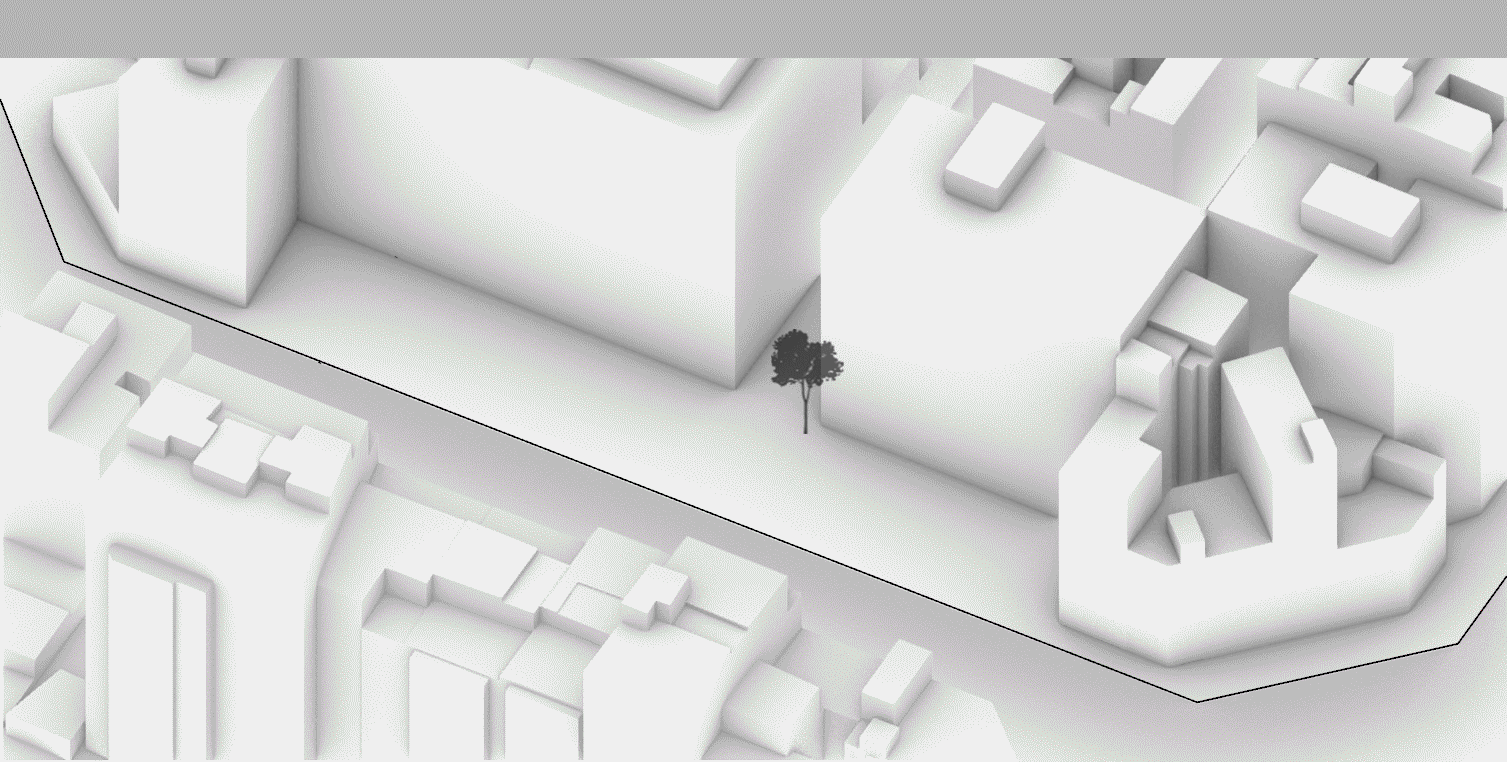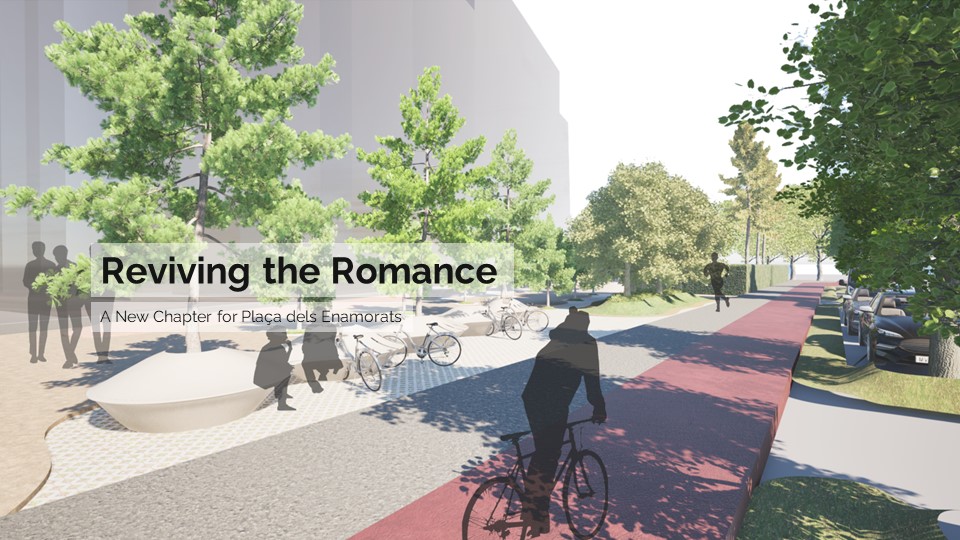
photo credits: Payman Nozari for Ashrafi & Zad Design
Description
Comprehensive project-oriented study of community participation strategies in design, with a focus on rhythmic relationships between the human and natural worlds. Design of urban public spaces geared towards stakeholder participation and community building, using digital tools and geometry-based design systems.
This studio focuses on placemaking and creating a sense of community ownership and belonging towards urban spaces through the use of participatory design principles. The urban design objective is to provide proposals for the expansion of green public spaces in Calle Aragon in response to the penultimate initiative of Eixample Respira, a bipartisan neighborhood platform in Eixample. The public domain objective is to reconnect neighborhood communities with natural environments that are representative of their heritage and cultural identity, thereby offering opportunities for symbiotic exchange between nature and people in the public realm. The seminar will explore how addressing community identity and encouraging community involvement during the design process can enrich design, and how the participatory design of public and natural environments can foster placemaking and urban identity.
Among core design concepts lies the idea of community engagement. There are many approaches to participatory design and community engagement; two of which will be explored in this seminar. The first is the development of a community driven design proposal, a design which is rooted in hearing the perspectives, concerns and aspirations of residents and local constituents and weaving those voices into the design framework. The second is a participatory design exercise which is curated to encourage community involvement in the decision making process of their public spaces, thereby enriching the project outcome and offering a sense of ownership and representation for the community.
Another core concept focuses on the development of a simple, geometric system which can act as a framework to give direction to design outcomes. This geometry system must provide flexibility and opportunities for adaptation and spatial organization, while integrating potentially intangible, qualitative aspects of community feedback.
The final core theme of this seminar is rooted in the relationship between human culture and rhythms of the natural world. The seminar’s foundational objective is to expand green spaces along the Calle Aragon, as part of Eixample Respira’s neighborhood initiatives for a more livable city. Through engaging with the community, students will explore and discover existing cultural connections to the natural world and natural rhythms, weaving those narratives into their design proposals and ultimately offering design solutions that are sensitive, rich, and rooted in a sense of caring for our environments.
With your design decisions, urban spaces can become central to community connectivity, identity, playfulness and deeper relationships with nature. With your design abilities, these community-centered spaces can become more vibrant and full of life, contributing to local pride and offering a space for collective experiences and joyfulness.
Systems-based design is central to the design process and theoretical constructability. As advanced students you will have the opportunity to shape the public space program with your interests and feedback from the community, while taking decisions related to the expansion of natural environments.
Course Intent:
Explore the role of participatory design to build a sense of shared ownership and community identity in local urban spaces, using Eixample Respira’s penultimate initiative as the design driver and ultimate goal. Investigate design challenges related to cultural representation, intergenerational engagement and community participation. Study how to employ data mapping, generative design techniques and digital tools for the benefit of communities. Learn practical problem solving related to urban design issues and public spaces. Emphasis on creating symbiotic relationships between human cultures and natural rhythms.
Learning Objective
Students completing the studio are expected to achieve the following:
- Develop opportunities for meaningful and constructive community engagement during the design process
- Ability to create design participation techniques specific to constituents and stakeholders’ lifestyles, local culture and expectations
- An ability to develop a generative system and technical language that can be applied in the context of an urban design project in a cohesive and logical way.
- Strategies for empowering communities, placemaking and celebrating identity through design
- Design decisions focus on environmental awareness and inclusion of non-human stakeholders
- Offer design solutions which demonstrate a deeper and more sensitive approach to the expansion of urban natural environments










